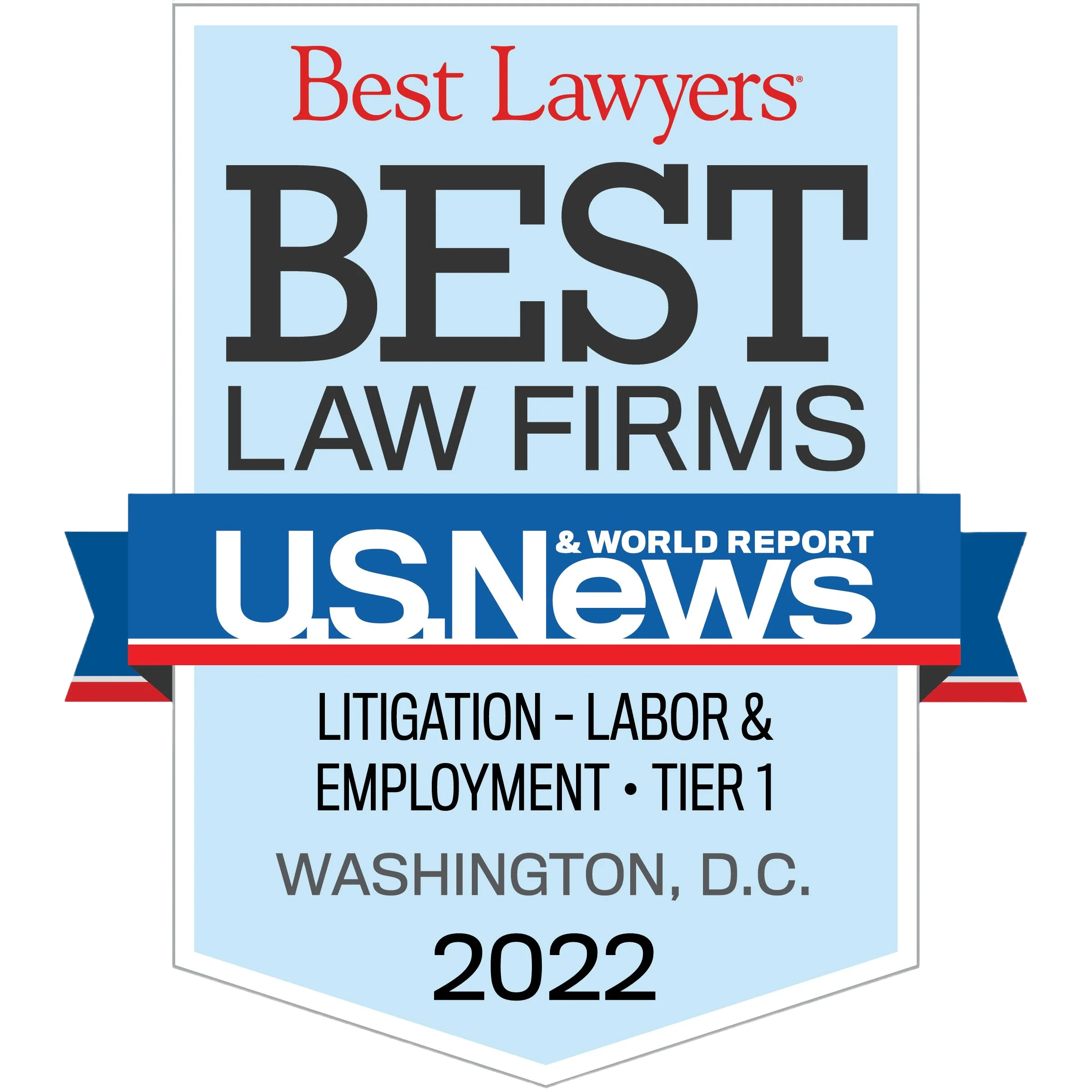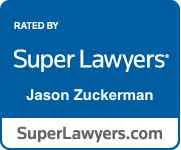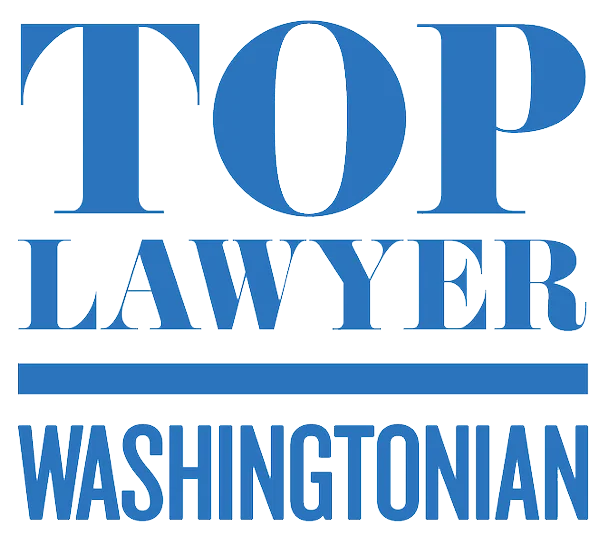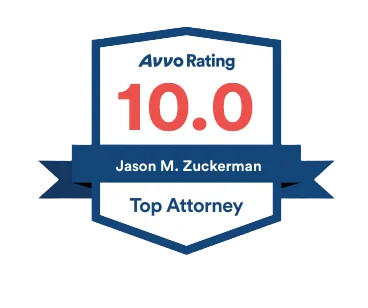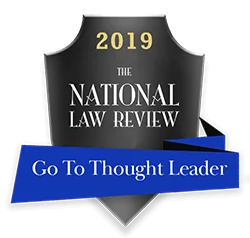The Department of Labor’s Administrative Review Board has held that knowledge of protected whistleblowing is not a distinct element and instead is part of the causation analysis.
In Newell v. Airgas, Inc., ARB No. 16-007, ALJ No. 2015-STA-6 (ARB Jan. 10, 2018), the complainant alleged that his employer fired him due to his repeated complaints about hours-of-service violations and refusals to drive in violation of the hours limitations. The ARB remanded the case due to the ALJ’s failure to consider whether the complainant’s statements to management “constituted protected activity in light of the circumstantial evidence of record, when considered as a whole.” Slip op. at 9. The ARB found that the ALJ had focused too narrowly on the “supposed” lack of knowledge of managers who made the decision to terminate the complainant’s employment of the complainant’s prior complaints about hours of service violations. The ALJ should have instead made a determination on the “cumulative effect of the circumstantial evidence.”
The ARB noted that it “has held that an employer’s knowledge of protected activity is not a separate element, but instead forms part of the causation analysis. Bobreski v. J. Givoo Consultants, Inc., ARB No. 09-057, ALJ No. 2008-ERA-003, slip op. at 13, 16 (ARB June 29, 2011) (Bobreski I) (The issue of knowledge is a necessary part of the single question of causation and similarly requires that the evidence be considered as a whole.).
The ARB also stated:
[A] respondent’s knowledge of the protected activity need not be specific, and a complainant need not prove that a respondent knew that the complaint involved an express violation. Finally, proof that an employee’s protected activity contributed to the adverse action does not necessarily rest on the decision-maker’s knowledge alone, but may also be established by evidence demonstrating “that at least one individual among multiple decision-makers influenced the final decision and acted at least partly because of the employee’s protected activity.”
Id. at 13-14.
Note also that knowledge of protected whistleblowing can be inferred from the totality of the circumstances. For example, even where the whistleblower’s identity was not initially known by HR or Compliance when the company received an anonymous report, a jury can infer that the company deduced the identity of the whistleblower.
The temporal proximity of plaintiff’s termination to her complaints, while not conclusive, remains relevant. Plaintiff’s February whistleblower activity took place just under two months before she was fired. Giving all favorable inferences to the plaintiff, a reasonable factfinder could conclude that defendant’s decisionmakers were aware plaintiff was the whistleblower. Temporal proximity buttresses plaintiff’s argument that such knowledge played a part in the decision to terminate her. Defendants argue the opposite inference, that despite plaintiff’s complaints to supervisors, no decisionmaker responsible for plaintiff’s termination was aware plaintiff was the hotline caller until the commencement of litigation. We need not weigh the competing proofs and “decide who has the better case” at this juncture. Steinberg, 226 N.J. at 367. Competing inferences simply militate against summary judgement, as we are required to draw all inferences in favor of the non-moving party. Globe, 225 N.J. at 479.
Smith v. Konica Minolta Bus. Solutions U.S.A., Inc., No. A-1465-22 (Superior Court NJ Appellate Div. Oct. 19, 2023).



